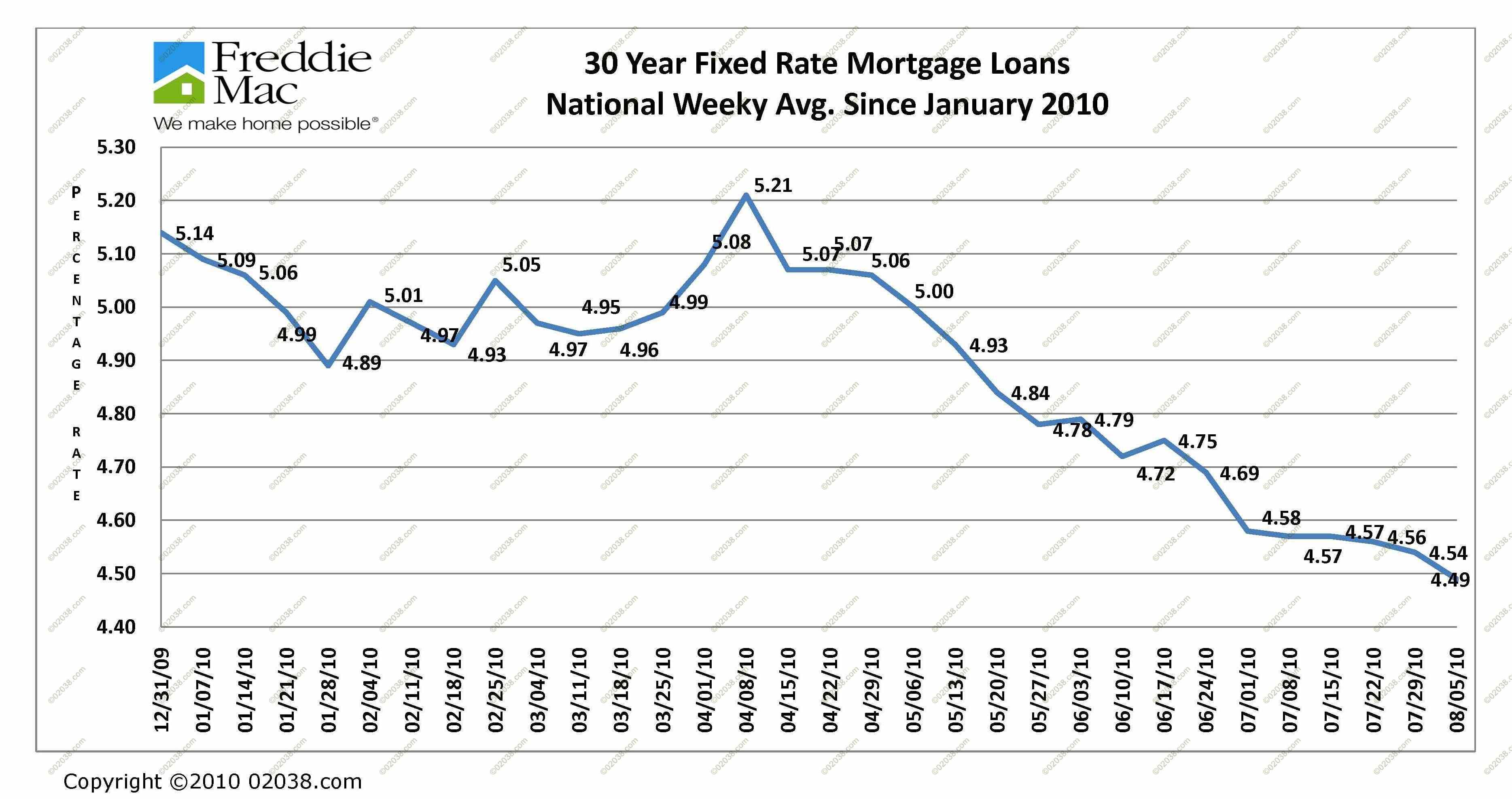For a reverse home loan to be a viable financial choice, existing mortgage balances generally should be low enough to be paid off with the reverse home loan proceeds. However, customers do have the choice of paying down their existing https://www.globenewswire.com/news-release/2020/04/23/2021107/0/en/WESLEY-FINANCIAL-GROUP-REAP-AWARDS-FOR-WORKPLACE-EXCELLENCE.html mortgage balance to receive a HECM reverse home mortgage. The HECM reverse home loan follows the basic FHA eligibility requirements for residential or commercial property type, meaning most 14 household dwellings, FHA authorized condos, and PUDs qualify.
Prior to starting the loan procedure for an FHA/HUD-approved reverse home loan, candidates need to take an approved therapy course. An authorized therapist should assist explain how reverse home mortgages work, the financial and tax implications of securing a reverse home loan, payment alternatives, and expenses associated with a reverse home mortgage. The therapy is suggested to protect customers, although the quality of therapy has actually been criticized by groups such as the Customer Financial Protection Bureau. what are interest rates for mortgages.

On March 2, 2015, FHA executed new guidelines that need reverse mortgage candidates to go through a monetary evaluation. Though HECM customers are not needed to make month-to-month home loan payments, FHA wishes to ensure they have the financial capability and desire to stay up to date with real estate tax and house owner's insurance coverage (and any other suitable property charges).
Prior to 2015, a Lender could not refuse an ask for a HECM as the requirement is age 62+, own a house, and satisfy preliminary debt-to-equity requirements. With FA, the loan provider might now force Equity "set aside" rules and sums that make the loan difficult; the same as a declination letter for bad credit.
Which Type Of Interest Is Calculated On Home Mortgages? Things To Know Before You Buy
Satisfactory credit - All real estate and installation financial obligation payments should have been made on time in the last 12 months; there are no more than 2 30-day late mortgage or installation payments in the previous 24 months, and there is no major negative credit on revolving accounts in the last 12 months.
If no extenuating scenarios can be documented, the customer might not qualify at all or the lender might require a big quantity of the principal limit (if readily available) to be sculpted out into a Life Span Set Aside (LESA) for the payment of property charges (real estate tax, house owners insurance, etc.).
The fixed-rate program comes with the security of a rates of interest that does not alter for the life of the reverse home loan, however the interest rate is typically greater at the start of the loan than a comparable adjustable-rate HECM. Adjustable-rate reverse home mortgages typically have rates of interest that can change on a regular monthly or annual basis within certain limitations.
The initial interest rate, or IIR, is the real note rate at which interest accumulates on the exceptional loan balance on a yearly basis. For fixed-rate reverse home mortgages, the IIR can never alter. For adjustable-rate reverse home mortgages, the IIR can alter with program limitations up to a lifetime rates of interest cap.

The 6-Minute Rule for When Do Adjustable Rate Mortgages Adjust
The EIR is frequently various from the actual note rate, or IIR. The EIR does not determine the amount of interest that accumulates on the loan balance (the IIR does that). The total swimming pool of cash that a debtor can get from a HECM reverse home mortgage is called the primary limit (PL), which is computed based on the maximum claim quantity (MCA), the age of the youngest borrower, the expected rate of interest (EIR), and a table to PL elements released by HUD.
Most PLs are normally in the variety of 50% to 60% of the MCA, however they can often be greater or lower. The table below provides examples of principal limitations for various ages and EIRs and a residential or commercial property value of $250,000. Debtor's age at origination Expected rate of interest (EIR) Principal limit element (since Aug.
Simply put, older customers tend to receive more cash than younger borrowers, however the total amount of cash offered under the HECM program tends to decrease for all ages as interest rates rise. Closing costs, existing home loan balances, other liens, westland financial services and any real estate tax or house owners insurance coverage due are generally paid out of the initial principal limit.
The cash from a reverse mortgage can be dispersed in four methods, based upon the borrower's monetary needs and goals: Swelling sum in money at settlement Month-to-month payment (loan advance) for a set number of years (term) or life (tenure) Credit line (similar to a house equity line of credit) Some mix of the above Note that the adjustable-rate HECM offers all of the above payment alternatives, but the fixed-rate HECM just uses swelling sum.
Getting My What Are The Interest Rates For Mortgages Today To Work
This suggests that customers who choose a HECM line of credit can possibly get to more cash over time than what they initially received at origination. The line of credit development rate is figured out by including 1.25% to the initial interest rate (IIR), which implies the line of credit will grow faster if the rate of interest on the loan increases.
Due to the fact that lots of borrowers were taking complete draw swelling sums (often at the motivation of loan providers) at closing and burning through the cash rapidly, HUD sought to secure borrowers and the practicality of the HECM program by restricting the amount of proceeds that can be accessed within the first 12 months of the loan.
Any staying offered proceeds can be accessed after 12 months. If the overall compulsory obligations surpass 60% of the primary limitation, then the debtor can draw an extra 10% of the principal limit if offered. The Real Estate and Economic Recovery Act of 2008 offered HECM debtors with the chance to purchase a brand-new primary home with HECM loan proceeds the so-called HECM for Purchase program, reliable January 2009.
The program was developed to enable the elderly to buy a brand-new primary house and obtain a reverse mortgage within a single transaction by getting rid of the requirement for a second closing. Texas was the last state to permit reverse home mortgages for purchase. Reverse home mortgages are often slammed over the problem of closing expenses, which can in some cases be costly.
How Do Down Payments Work On Mortgages Can Be Fun For Everyone
Thinking about the limitations imposed upon HECM loans, they are comparable to their "Forward" contemporaries in overall costs. The following are the most common closing expenses paid at near get a reverse home mortgage: Therapy fee: The very first action to get a reverse mortgage is to go through a counseling session with a HUD-approved therapist.
Origination cost: This is charged by the lender to organize the reverse mortgage. Origination charges can vary widely from loan provider to loan provider and can range from absolutely nothing to an optimum of $6,000. Third-party charges: These fees are for third-party services hired to complete the reverse home loan, such as appraisal, title insurance, escrow, government recording, tax stamps (where suitable), credit reports, and so on.
The IMIP protects loan providers by making them whole if the house costs the time of loan repayment for less than what is owed on the reverse mortgage. This protects customers also due to the fact that it suggests they will never ever owe more than their home deserves. As of 1/2019, the IMIP is now 2% of the max claim quantity (Either the evaluated worth of the home as much as a maximum of $726,535) The annual MIP (mortgage insurance coverage premium) is.50% of the outstanding loan balance.